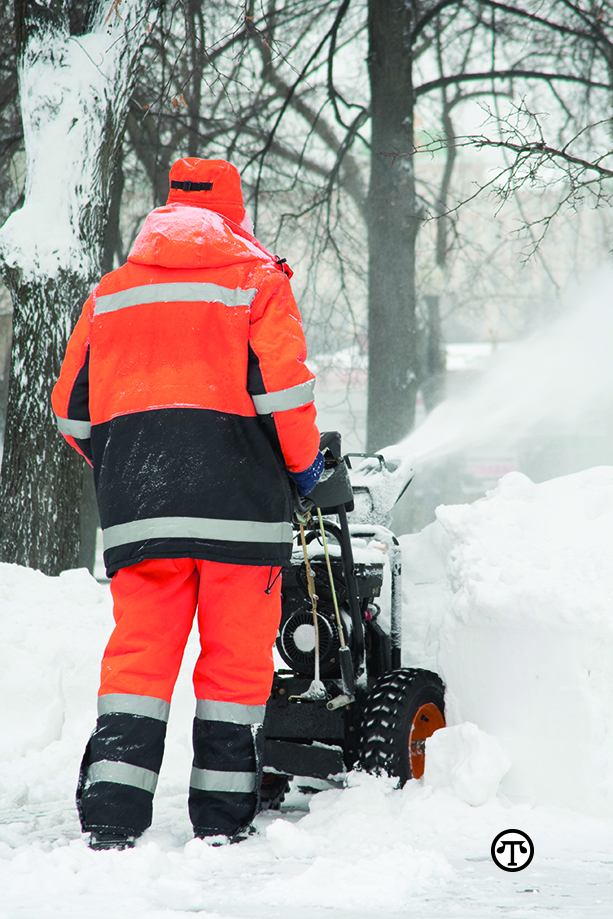
(NAPSI)—When snowflakes pile up, knowing how to use your snow thrower safely is an important responsibility.
“A snow thrower is indispensable during the winter for home and business owners,” said Kris Kiser, the president and CEO of the Outdoor Power Equipment Institute (OPEI). “But remember, never put your hand in the auger or chute of a snow thrower to clear a blockage. You should always use a clean-out tool to remove snow or debris that gets stuck in your snow thrower.”
Kiser offers 10 tips to help you operate snow removal equipment safely:
Look over the owner’s manual. Remember to review your owner’s manual for safe handling procedures. Most manuals can be found online, too.
Clear pathways and driveways ahead of a storm. Heavy snowfall can hide objects that could clog the chute or damage your equipment. When snow is forecast, clear the area of doormats, sleds, boards, wires and other debris before flakes fall.
Have the right fuel on hand. Use the correct fuel recommended by your equipment’s manufacturer. Buy fuel ahead of a storm. And remember, it is illegal to use any fuel containing more than 10 percent ethanol in any out door power equipment, including snow throwers, unless specified for that equipment. For more on fueling properly, see www.LookBeforeYouPump.com.
Store and use fuel properly. Always store fuel in authorized containers. Avoid spills by using containers with spouts. Fill up the fuel tank outside and before you start the engine and while the engine is cold. Never add fuel to a running or hot engine.
Set up a safe work zone. Do not operate your snow thrower close to people and pets. Keep bystanders, children and animals out of your work area. Never throw snow toward people or cars. Don’t let anyone stand in front of your snow thrower.
Know your energy level. Excessive vibration, noise, emissions and uncomfortable positions may cause fatigue. Take frequent rests.
Know how to operate controls. Review safe handling procedures for equipment, including how to stop the snow thrower quickly and immediately. If you need to remove debris or unclog the chute, always turn off your snow thrower first.
Ensure safety guards are functioning. Never remove safety guards and always keep your equipment in good working order.
Never operate your snow thrower without good visibility or light. Keep a strong footing and firm hold on the handles. Wear safety glasses, warm clothing, and heavy footwear that can handle slippery surfaces. Eye, hearing or head protection gear may be needed.
Use extreme caution on slopes and hills. Do not attempt to clear steep slopes. Use caution when changing directions on slopes with your snow thrower.
Learn More
Further safety tips and information are at www.opei.org.
